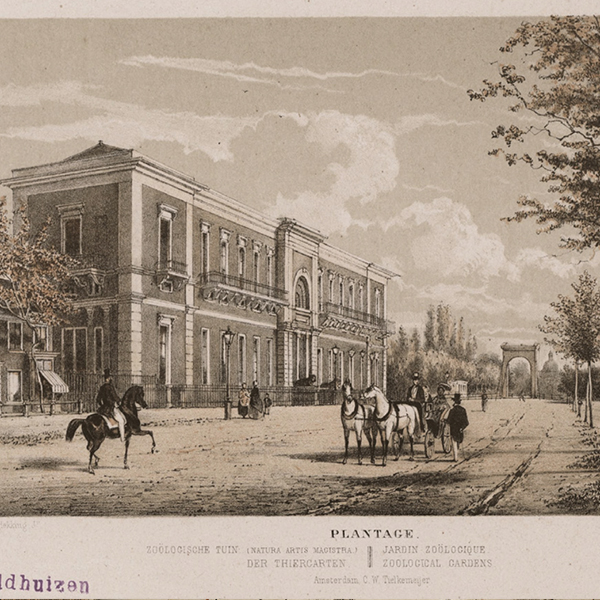Abstract
The Plantage, which was created in the northeastern corner of Amsterdam in 1682, may be considered an early allotment garden complex. However, this overlooks the fact that the botanical garden which formed part of the project performed an important public function. The unusual location of the complex within the city walls and the careful, detailed design by municipal engineer Jacob Bosch are additional reasons to view the project in a different light. Besides the gardens and wood storage areas (which were available for rent), the design included public functions and finely planted avenues. If, rather than focus on the private gardens, we also look at the public features of the design, we will see just how remarkable the project was for its time. Few historians have noticed the connection between the transfer of the ‘Hortus Medicus’ (medical garden) to the Plantage and the resulting transformation of this knowledge institution. What had been an educational garden for apprentice apothecaries in one of the inner courtyards of the Binnengasthuis hospital now became a ‘Hortus Botanicus’ (botanical garden), open to the general public and situated on one of the city’s main roads. This tells us a great deal. The city council invested not just in a knowledge institute to promote public health, but also in a cultural institution for the ‘education and delight’ of Amsterdam’s citizens. This combination laid the foundations for a new source of urban prestige.
How to Cite
Published
Issue
Section
License
Copyright (c) 2011 OverHolland

This work is licensed under a Creative Commons Attribution 4.0 International License.




